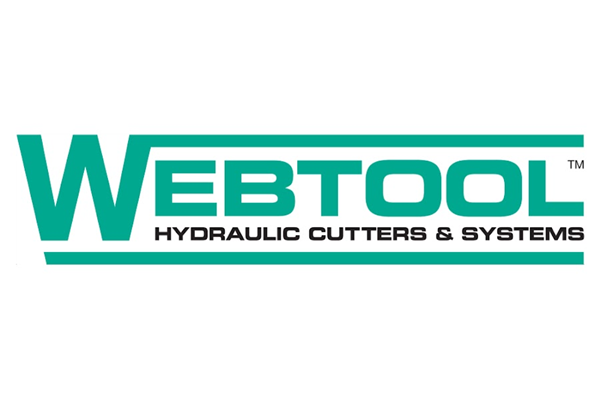
Cable Recovery, Gently Does It
The subsea environment is a growing network of telecom and internet cables. Deploying subsea cable is a mature technology, companies have been doing it since 1850. For almost as long, ships anchors and fishing trawlers have been damaging the cable. And although cable recovery and repair is done by dedicated vessels, it can be a labourious task. New developments in Webtool cable retrieval technology are set to make cable recovery a good deal easier.
Over 140,000km of submarine cable was laid in 2024, marking a significant increase over previous years. Between 2018 and 2022, international bandwidth grew exponentially to reach 997 Terrabytes per second (Tbps) The driving force is the insatiable demand for data, particularly investments by hyperscalers like Amazon and Google.
Subsea telecoms cables are generally laid buried to protect them from damage. However, occasionally the cable needs to be recovered from the sea bed. During cable laying, poor weather may require the cable to be abandoned and recovered later. The cable may be damaged by a dragging anchor, for example. When a cable is damaged, it needs to be repaired as quickly as possible. Identifying where the cable has been damaged, and the degree of damage is done by either measuring the difference in the electrical resistance of the cables copper core, or by measuring how far a pulse of light travels down the fibre strands. A vessel is then despatched to repair it.
The ability to recover without damaging the integrity of the cable has been given added relevance with the recent trends towards recovering and relaying cable. A consequence of laying more cable networks is that earlier networks are rendered obsolete; cables with years of service life still left in them are being outpaced by speedier alternatives. Given the social benefits to smaller, remote communities of internet access, there is now a growing market for reusing these obsolete cables to build new submarine routes to small island countries lacking access to international interconnectivity.
Cable recovery
Recovering cable from the seabed can be time consuming. The cable has to be first completely uncovered and cut using a ROV (Remotely Operated Vehicle) equipped with general purpose cutting tool such as a diamond wire saw or circular and guillotine saws, or a dedicated hydraulic cutting tool. In the case of a damaged cable, each end of the cable is recovered to the surface and tested back to shore to ensure there is no other damage.
Cable recovery systems can vary in size and scope. Recovering cable for repair and reuse will require more careful handling than a cable being recovered for disposal as part of a decommissioning project.
Webtool has taken a lead here. The CRT200 Cable Retrieval Tool allows the safe and controlled recovery of damaged cable, up to 203 mm diameter, from any water depth.
Guided by an ROV, the gripper is lowered onto the end of the cable without requiring preliminary clearing of the soil around the cable. The mechanically locked gripping action ensures the umbilical cannot escape during retrieval; moreover, an internal clutch mechanism prevents damage from overtightening. By gripping the end of the cable, it makes subsequent handling much easier, enabling the cable to be recovered to a reeler or spooler on the surface vessel. The CRT200 cable gripper weighs approx. 600 kg and has a lifting capacity of 20 tonnes. It can be used at any water depth and is available with hydraulic hotstab or torque bucket interface options.
As a leading supplier of hydraulic subsea cutting tools, Webtool offers the complete cable recovery package covering both cutting the cable and its recovery with the gripper. The ROV-operated Webtool cable cutting tools range from the light weight HCV100 for cables, and umbilicals up to 101mm to the HCV270 for cutting up to 270mm in severe working conditions and allows diverless deployment.
For more information on the Webtool CRT200 cable gripper visit the products page found on our website.











